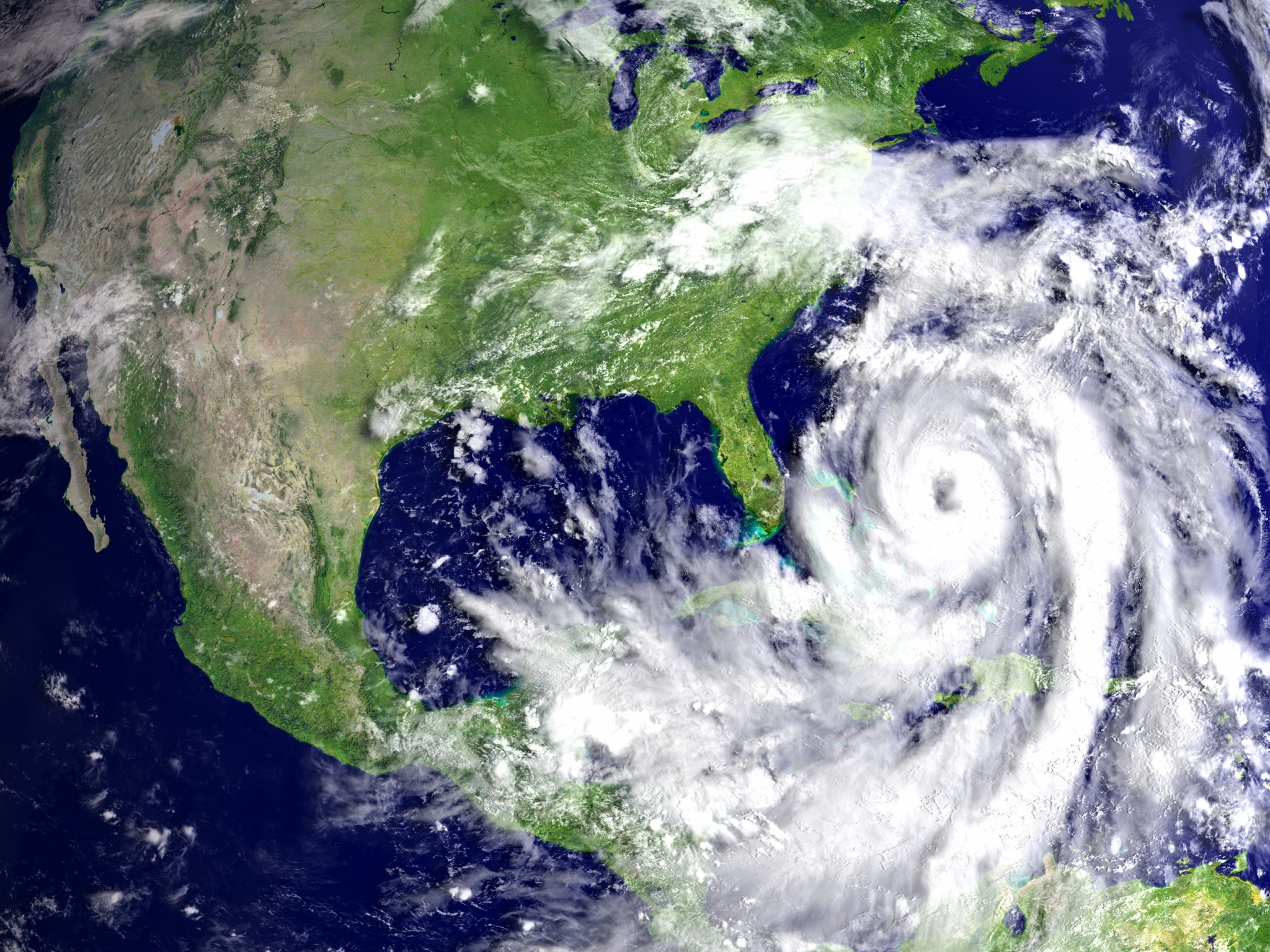From cloud-based servers to email marketing, here’s how to stay prepared in the face of a natural disaster.
Although the 2018 Atlantic hurricane season doesn’t officially begin until June 1, states across the Southeast have already had a taste of what could be in store. Subtropical Storm Alberto dumped heavy rains across the Gulf Coast over Memorial Day weekend, serving as a reminder of Mother Nature’s power and the importance of having a disaster communication plan in place. If your business or organization is in the process of finalizing your disaster communication plan – or if you have no idea what we’re talking about – then you’re in luck. We’ve gathered the best tips and tricks for keeping your business running, even in the face of a natural disaster.
-
- Cloud-based server: Set up a remote server that will allow you to access your files anywhere via the internet. This will become vital if you must evacuate. If they can access the internet, employees will be able to correspond and work on projects via the cloud-based server whenever necessary, from almost any location.
- Social media: Be active on your social media sites, and respond to your audience in a timely and professional manner during a natural disaster. Your clients will be worried about their services being disrupted, so continually communicating with them will help ease their worries. To combat lack of electricity, Wi-Fi and cell service, set up an automatic response to go out immediately after someone direct messages your social media accounts. For example, “Thank you for reaching out to us. We will get back to you as soon as we can.” You can also schedule posts via Hootsuite. Your posts will publish to their respective social media sites while you’re temporarily out of the office.
- Email marketing: If you don’t have internet access during a natural disaster, you can plan ahead by scheduling emails to go out to your clients. Utilize all online communication and scheduling programs, like Constant Contact, which will send e-newsletters to your audience at a specified time.
- SMS: Short Message Service, or text messaging as it’s commonly known, is a great way to stay in contact with your clients despite internet outages. Your updates will go directly into their hands via SMS, so it is a highly reliable way to ensure your message is seen.
- Web landing page: During a natural disaster, you can program your website to reroute your users to a specified web page detailing what your company is doing during the disaster. This is a surefire way to keep your audience in the loop whenever they try to access your website. Another option is to keep a tab on your website at all times with links to resources in the event of a natural disaster.
All in all, you must plan ahead! If you want your clients and customers to respect and trust you, create a disaster communication plan. It will show them that you are prepared and resilient, no matter what comes your way.

